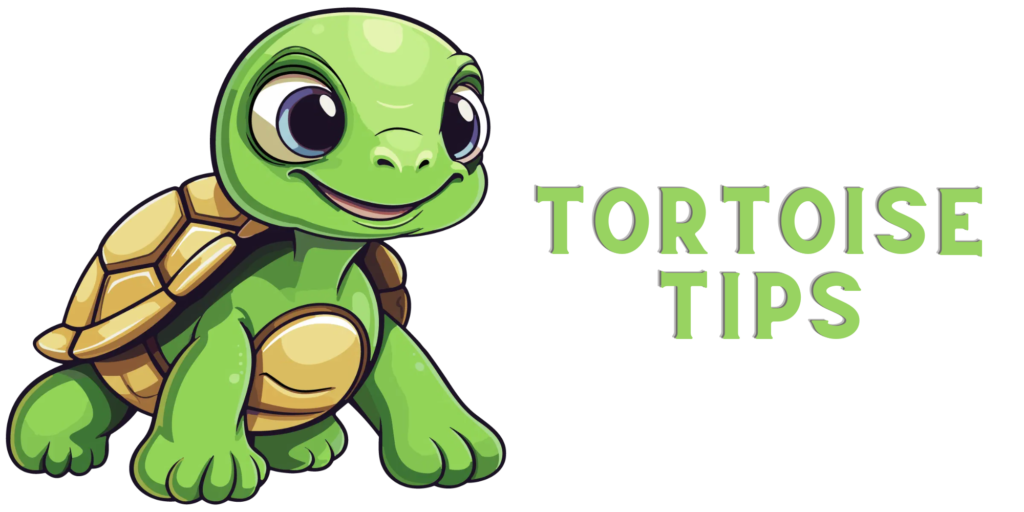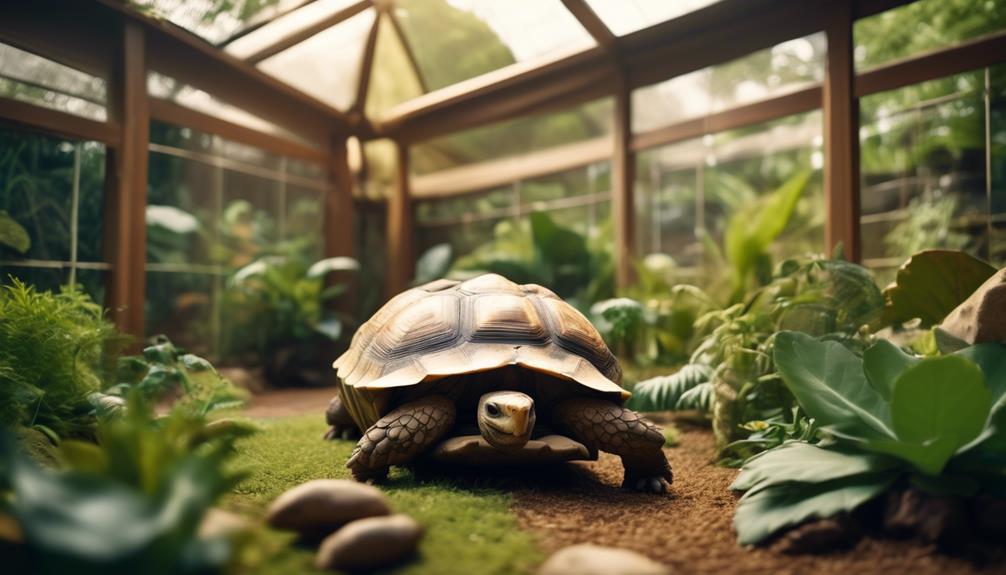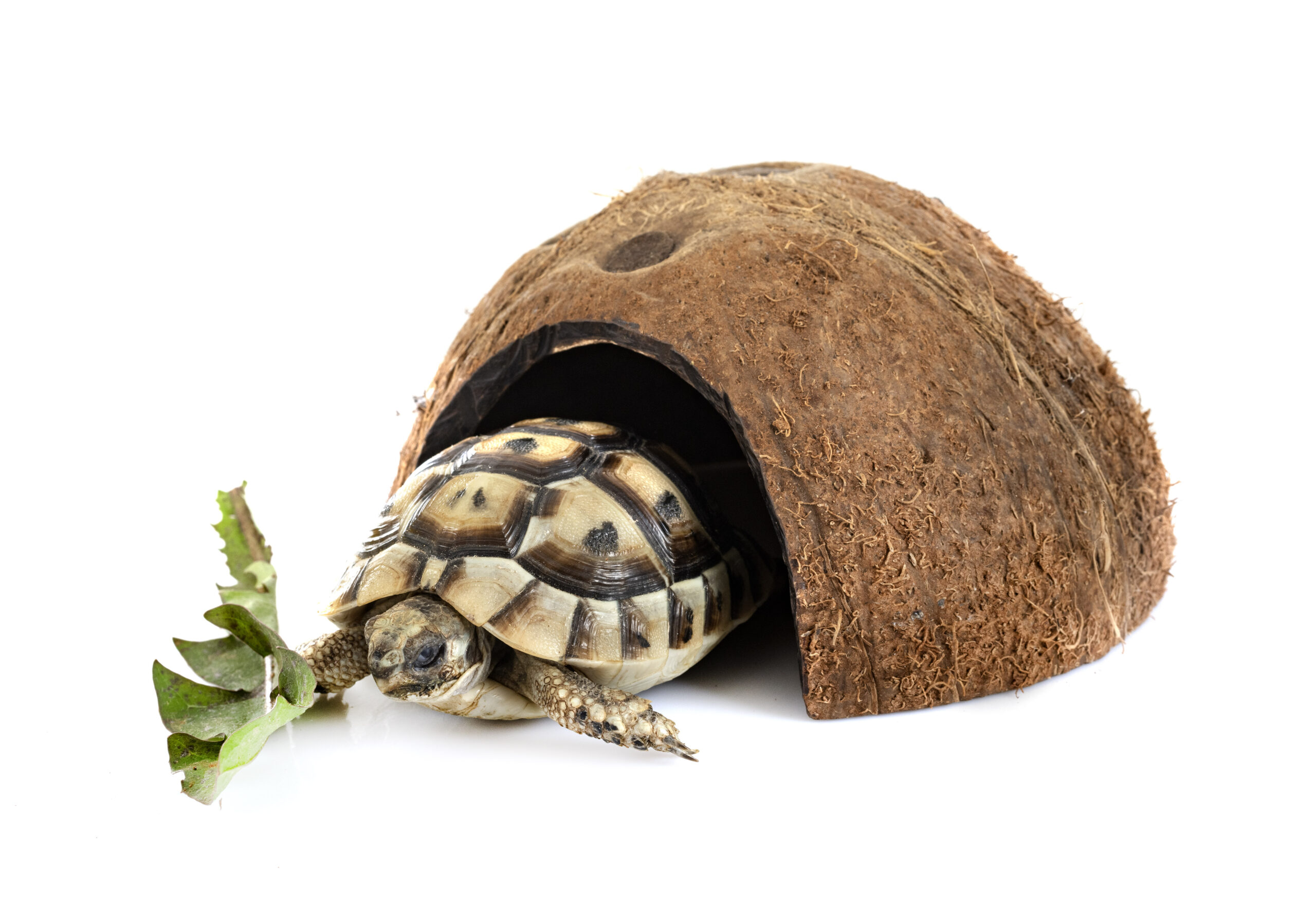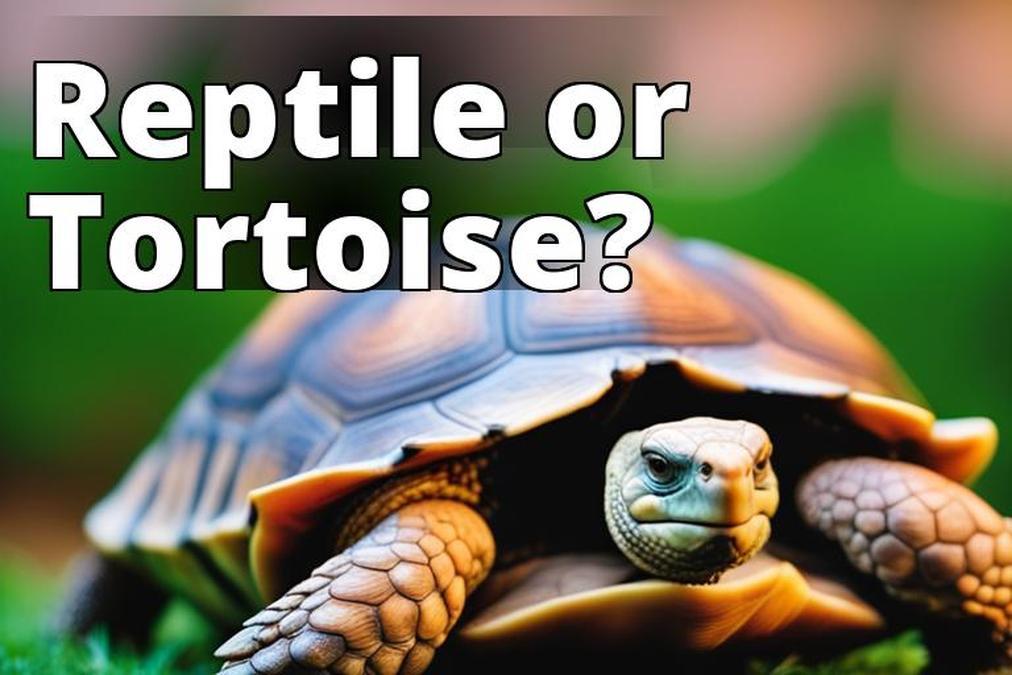Russian tortoises (Testudo horsfieldii), with their distinctive personalities and relatively easy care requirements, have become increasingly popular as pets. Originating from Central Asia, these small, hardy tortoises are known for their ability to adapt to various environmental conditions. However, like any pet, they have specific dietary needs that must be met to ensure their health and longevity.
Key Takeaways
- 🐢 Mimic wild herbivorous diet for Russian tortoises (fiber, low protein, proper calcium-phosphorus ratio).
- 🥬 Celery: 95% water, good for hydration, low energy, moderate fiber.
- ⚠️ Celery has oxalates, affects calcium absorption; use in moderation.
- 🌱 Variety essential: leafy greens, edible flowers, some veggies/fruits.
- 💡 Expert advice: Monitor health, prep celery properly, consult vet for dietary changes.
A Russian tortoise’s diet in the wild is primarily herbivorous, consisting largely of leafy greens, flowers, and some fruits. In captivity, it’s crucial to replicate this diet as closely as possible to prevent nutritional deficiencies and health problems. A balanced diet for these tortoises should be high in fiber, low in protein, and have a proper calcium to phosphorus ratio.
When it comes to feeding Russian tortoises, owners often have questions about the suitability of certain vegetables and fruits, including celery. Celery, commonly found in many households, is known for its low-calorie content and high water content, but is it suitable for Russian tortoises? This article aims to unravel the myths and facts surrounding the inclusion of celery in a Russian tortoise’s diet, ensuring that your shelled friend receives the best possible care.

The Nutritional Profile of Celery: What’s Inside?
Celery, a staple in many kitchens, is often praised for its low-calorie content and high water composition. But what exactly does this crunchy vegetable contain that might impact the health of a Russian tortoise?
- Water Content: Celery is composed of about 95% water. This high water content can be beneficial for hydration but also means it’s low in energy and nutrients.
- Fiber: An essential component in a tortoise’s diet, fiber aids in digestion. Celery contains a moderate amount of fiber, which can support digestive health in Russian tortoises.
- Vitamins and Minerals: Celery is a source of vitamins such as vitamin A, vitamin K, and folate. It also contains minerals like potassium and sodium. While these are important, the balance and amount in celery may not perfectly align with a Russian tortoise’s requirements.
- Low Caloric Value: The low caloric density of celery means it doesn’t provide significant energy. For Russian tortoises, which require nutrient-rich foods to meet their energy needs, this could be a drawback.
- Oxalates: Celery contains oxalates, compounds that can bind with minerals like calcium, making them less available to the body. For species like Russian tortoises, which need a high calcium intake for shell and bone health, foods high in oxalates can pose a risk.
Understanding the composition of celery highlights both its potential benefits and limitations in a Russian tortoise’s diet. While it offers hydration and some nutrients, its low caloric and nutrient density, combined with the presence of oxalates, raise important considerations for tortoise owners.

Potential Benefits and Risks of Feeding Celery to Russian Tortoises
Benefits:
- Hydration: The high water content in celery can be a source of hydration, especially important in captive environments where humidity and water intake can be challenging to manage.
- Fiber Content: Fiber is crucial for the digestive health of Russian tortoises. Celery’s moderate fiber content can support their digestive system.
- Low-Calorie Treat: Being low in calories, celery can be a good treat option, especially for overweight tortoises needing a controlled diet.
Risks:
- Nutrient Imbalance: The nutritional profile of celery doesn’t align perfectly with the dietary requirements of Russian tortoises, potentially leading to imbalances if fed in large quantities.
- Oxalates: The presence of oxalates in celery can hinder calcium absorption, a critical concern for the shell and bone health of these tortoises.
- Insufficient Energy: Celery’s low caloric value means it cannot provide the necessary energy alone, and overreliance on it could lead to nutritional deficiencies.
Considering these benefits and risks, celery can be included in a Russian tortoise’s diet, but with caution. It should not be the mainstay of their diet but can be offered occasionally as a part of a varied and balanced diet.

Expert Recommendations: Should You Include Celery in Their Diet?
When it comes to the inclusion of celery in a Russian tortoise’s diet, expert opinions provide valuable guidance. Here are some key recommendations from veterinarians and reptile nutrition specialists:
- Moderation is Key: Experts generally agree that while celery can be part of a Russian tortoise’s diet, it should be given in moderation. Its low nutritional density means it cannot meet all the dietary needs of these reptiles.
- Variety is Essential: A varied diet is crucial for the health of Russian tortoises. Celery can be included as part of this variety but should not overshadow more nutrient-rich foods like dandelion greens, alfalfa, and certain flowers.
- Monitoring Health: Any changes in diet, including the introduction of celery, should be monitored. Pay attention to the tortoise’s health, appetite, and behavior to ensure it’s responding well to the new food.
- Preparation Matters: How celery is prepared and presented can affect its suitability. It should be washed thoroughly to remove any pesticides and cut into small, manageable pieces to prevent choking.
- Consult with a Vet: Before making any significant changes to your Russian tortoise’s diet, consult with a veterinarian. They can provide personalized advice based on the specific health needs of your pet.
Following these expert recommendations can help ensure that celery, when included in your Russian tortoise’s diet, is done so safely and beneficially.
Alternative Foods for Russian Tortoises: Safe and Nutritious Options
While celery can be an occasional treat for Russian tortoises, it’s important to focus on a diet that meets all their nutritional requirements. Here are some safe and nutritious alternatives that should form the bulk of their diet:
- Leafy Greens: Foods like dandelion greens, turnip greens, and mustard greens are excellent choices. They are high in calcium and low in phosphorus, which is ideal for tortoise health.
- Edible Flowers: Certain flowers like hibiscus, nasturtiums, and rose petals can be a nutritious and enjoyable addition to their diet.
- Vegetables: Some vegetables like bell peppers, squash, and pumpkin can be given in moderation. They provide variety and additional nutrients.
- Fruits: Fruits should be given sparingly, as they are high in sugar. Suitable options include apples, pears, and melons, cut into small, manageable pieces.
- Supplements: Depending on the specific needs of your Russian tortoise, supplements like calcium or vitamin D3 might be necessary. Consult with a veterinarian to determine the best supplement regimen.
By focusing on these alternatives, you can ensure that your Russian tortoise has a balanced and healthy diet that promotes their well-being and longevity.

Conclusion
Navigating the dietary needs of Russian tortoises can be a challenging yet rewarding aspect of caring for these unique pets. While celery can be included in their diet, it should be done so sparingly and as part of a wider, more nutritionally complete menu. The key is to provide a varied diet that mimics their natural intake as closely as possible, rich in leafy greens and supplemented with appropriate vegetables, fruits, and possibly dietary supplements.
Remember, the health and well-being of your Russian tortoise are directly linked to the quality and variety of their diet. Consulting with a veterinarian or a reptile nutrition expert can provide valuable insights into the specific needs of your pet, ensuring they live a long, healthy, and happy life.
Through understanding and attention to their dietary needs, you can ensure that your Russian tortoise not only survives but thrives under your care.







